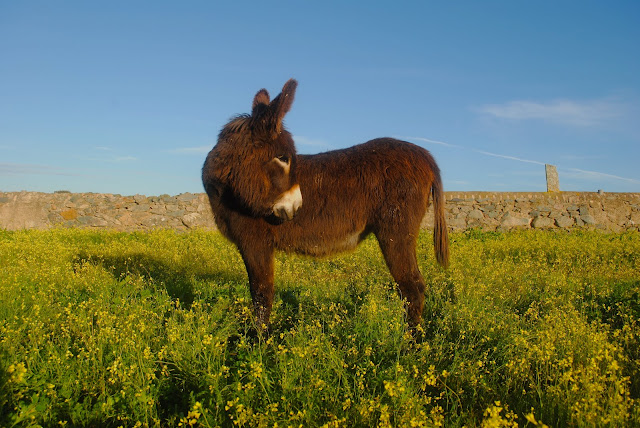You may remember earlier posts on Armenian pomegranate orchards and cultivars. Here is a set of three posts by Levon Babajanyan, a young member of the very select society of pomegranate orchardist philosophers (the so-called "PomPhil" society). He was the holder of the 2015 Pomegranate Research Fellowship awarded by the Fundaçao das Cebolas. Here is the report (and some pictures) of his October trip to Karabakh.
"Pomegranates have a very special meaning for Armenians. There are numerous historical documents that attest the cultivation of pomegranates by Armenians. For example, there seems to be evidence from the 7th century B.C. in the Kingdom of Urartu, telling us that one of the main Armenian cultivated plants were pomegranate trees. Moreover, there is a legend according to which Armenian king crowns were designed after the crowns of Armenian pomegranate cultivars. Other stories also tell us about mothers feeding their children with pomegranate arils during the Armenian genocide, and saving their lives. The pomegranate is a symbol of fertility, abundance and marriage in Armenia. It plays a prominent role in Armenian history.
"Pomegranates have a very special meaning for Armenians. There are numerous historical documents that attest the cultivation of pomegranates by Armenians. For example, there seems to be evidence from the 7th century B.C. in the Kingdom of Urartu, telling us that one of the main Armenian cultivated plants were pomegranate trees. Moreover, there is a legend according to which Armenian king crowns were designed after the crowns of Armenian pomegranate cultivars. Other stories also tell us about mothers feeding their children with pomegranate arils during the Armenian genocide, and saving their lives. The pomegranate is a symbol of fertility, abundance and marriage in Armenia. It plays a prominent role in Armenian history.
Nowadays, the cultivation of Armenian pomegranate cultivars is especially widespread in the north east, east and south regions of Armenia, respectively in Noyemberyan, Meghri, Ghapan, Aghdam, Askeran, Martakert and Madaghis. The best fruits are cultivated in Artsakh (Karabakh) and in Megri. When Armenia was part of the Soviet Union, there were extensive pomegranate orchards. After the collapse of Soviet Union, these plantations collapsed too, mainly because of the Karabakhian conflict. Nowadays, the cultivation of pomegranate in Armenia is on the rise again, especially in Artsakh and in Meghri where new plantations can be found.
It is tricky to differentiate the various pomegranate cultivars and to find out about their names. After the collapse of Soviet Union, some of the knowledge associated with pomegranate cultivation of pomegranate was lost. The contacts between agricultural scientists and gardeners were lost, and now there is a problem for Armenians pomegranate gardeners to differentiate their cultivars. The aim of our research is to find and differentiate the Armenian pomegranate cultivars to contribute to save this historical heritage.
On October 22, 2015, we started our trip at 3 p.m. At 5 p.m., we reached the very nice village of Elpin in the Vayq region.
We reached the town of Shushi in Artsakh at 10 p.m. The way was very difficult because of the damaged roads and gloomy weather. After a short night, at 6 a.m., we left Stepanakert and its "grand-ma and grand-pa" monument, for the Agdam region and the village of Shaili. It was damaged during the Artsakhian conflict, having been bombed by Azerdbaijan soldiers. There are many pomegranate plantations in Shaili, and there is one of the best cultivars in Artsakh."



















































